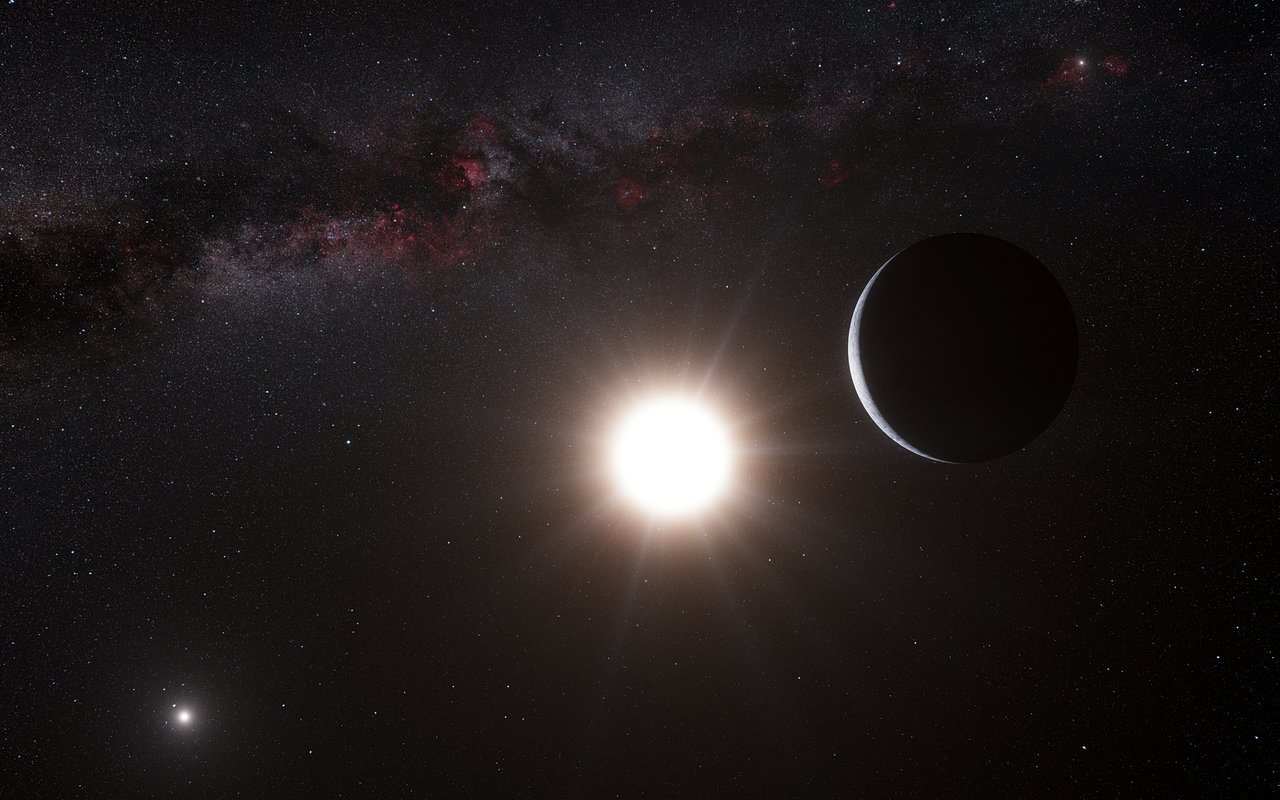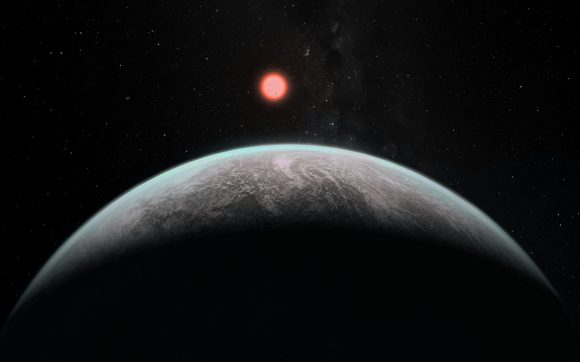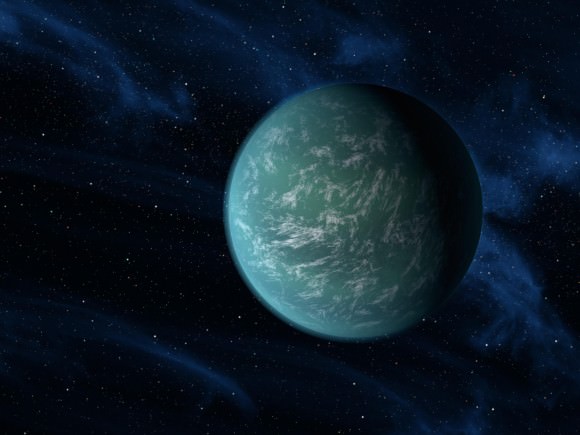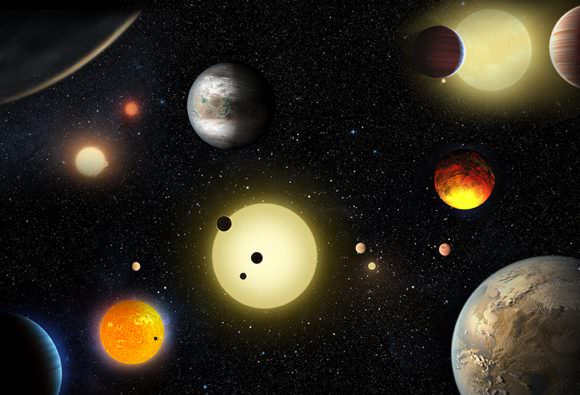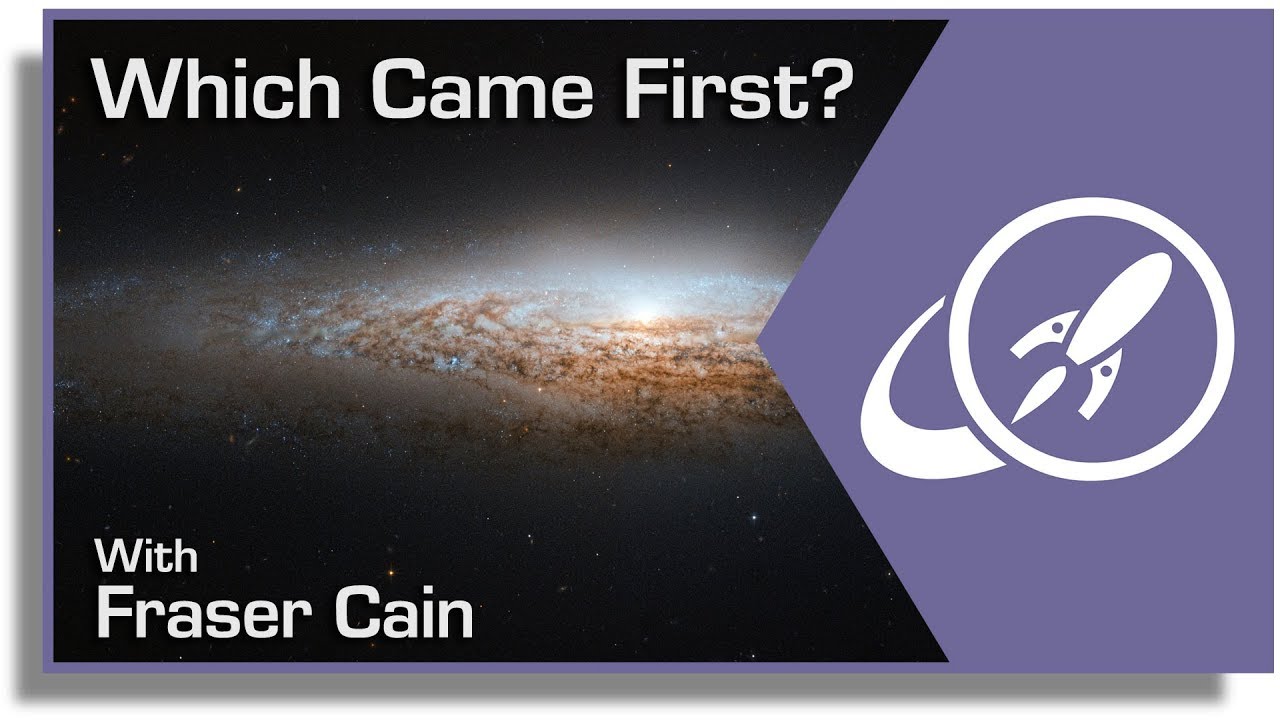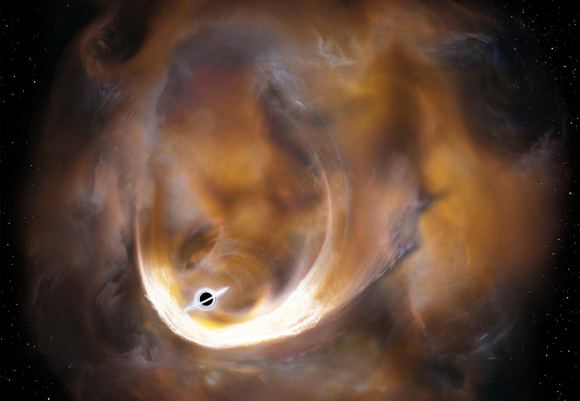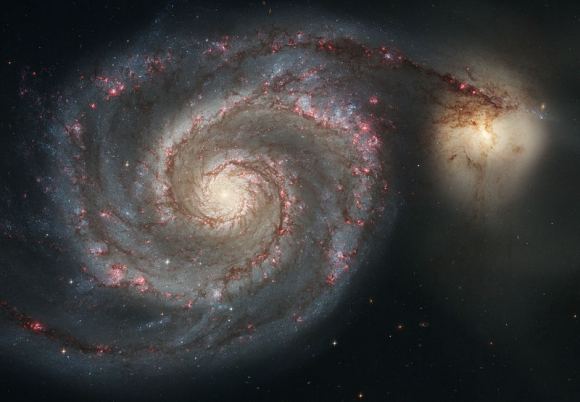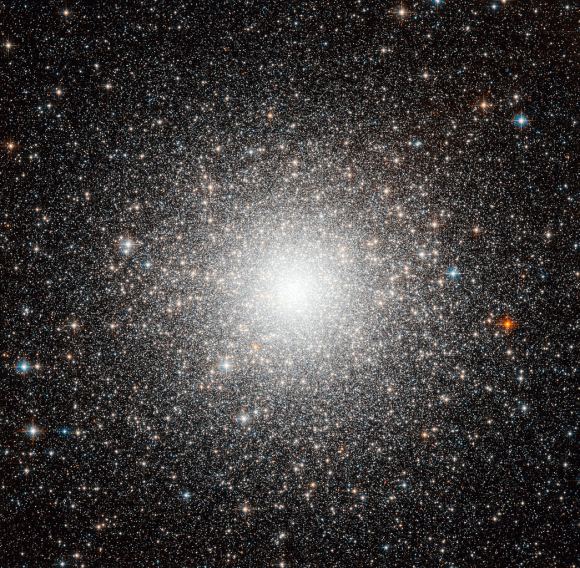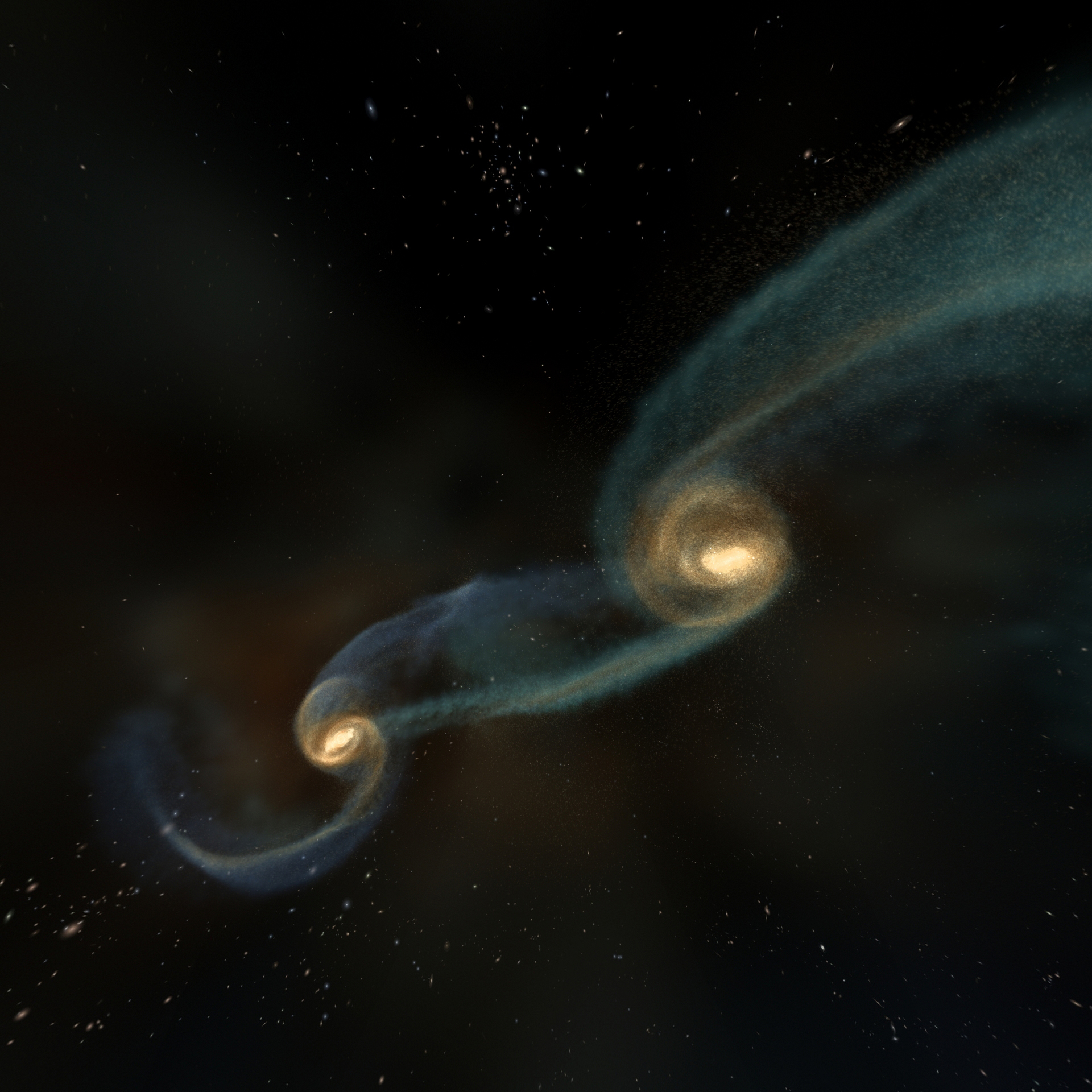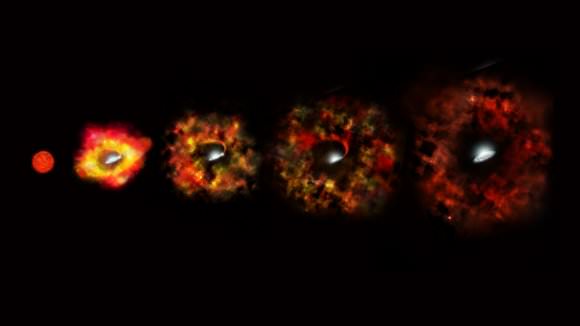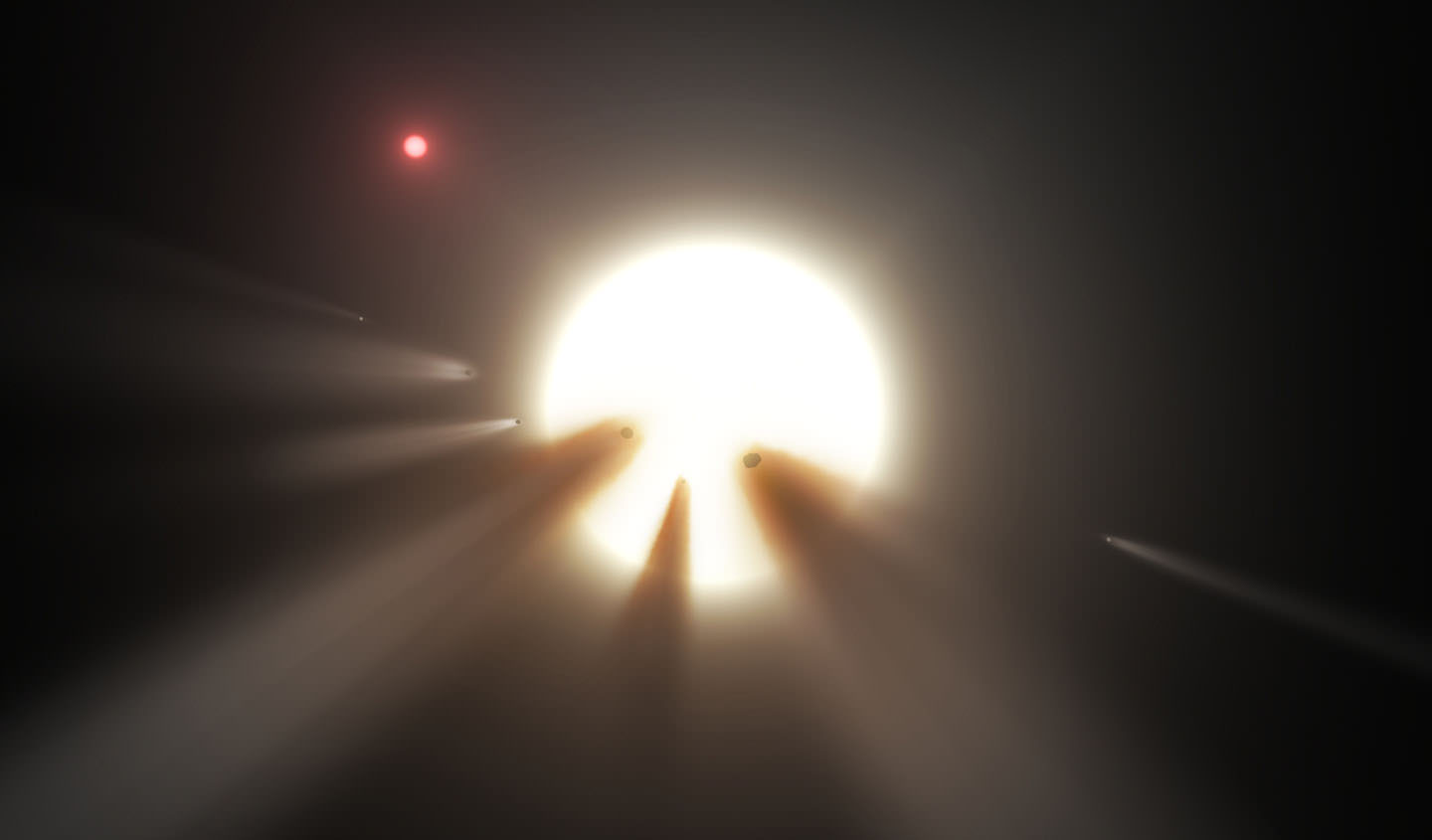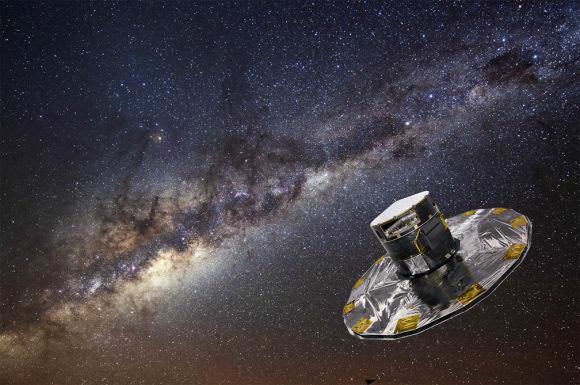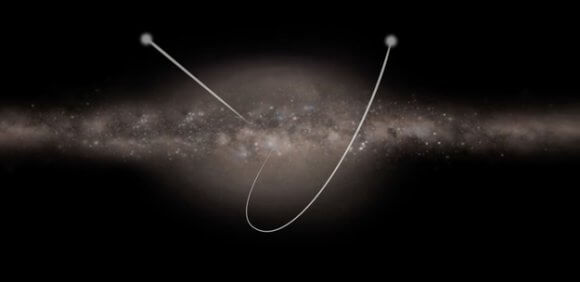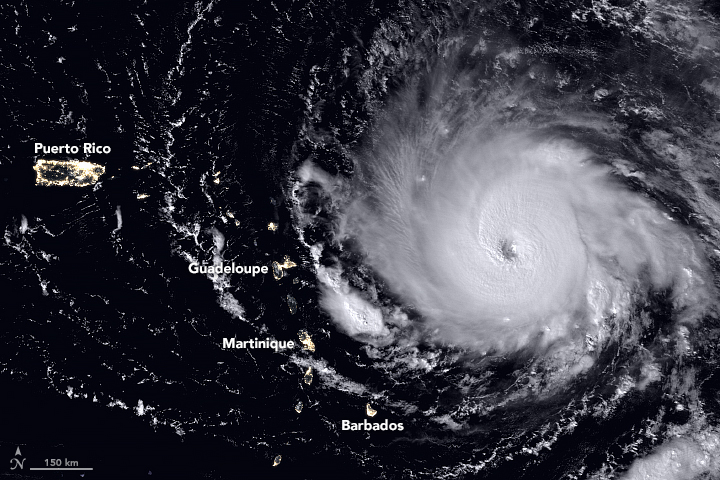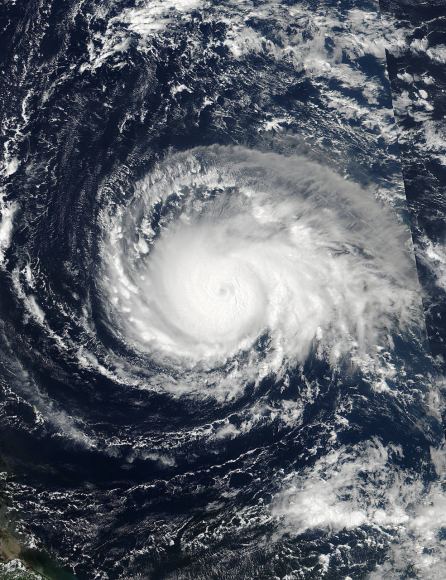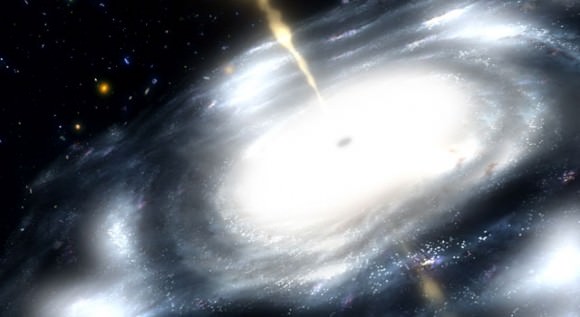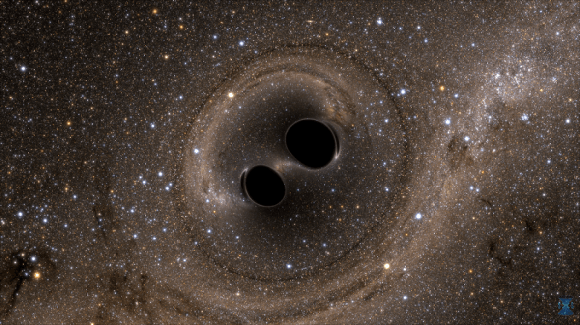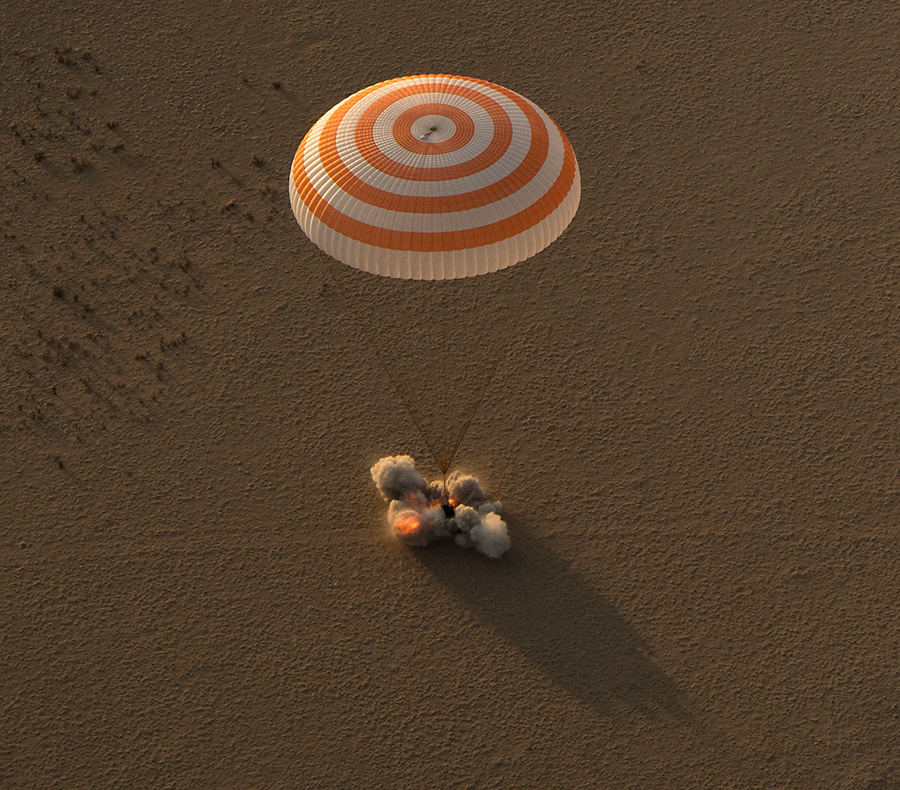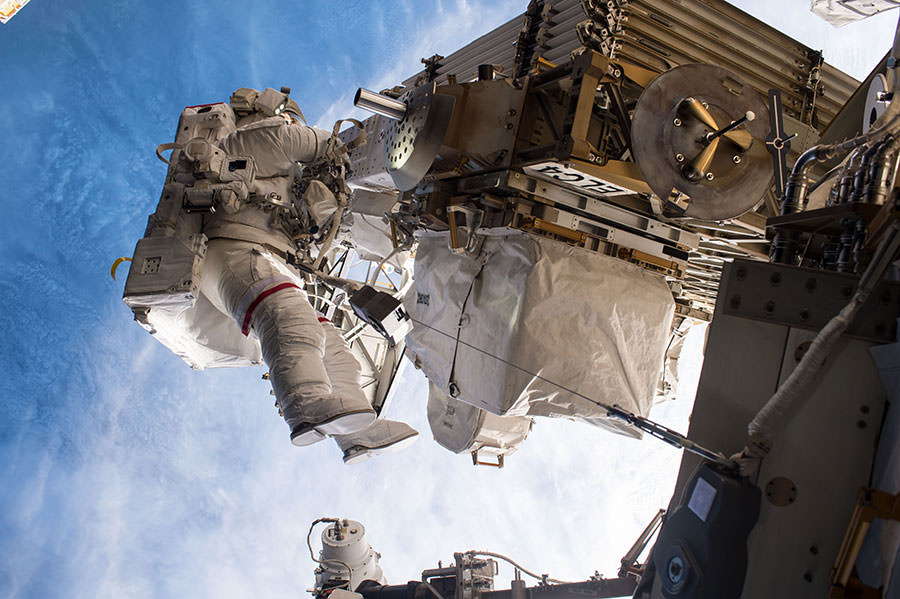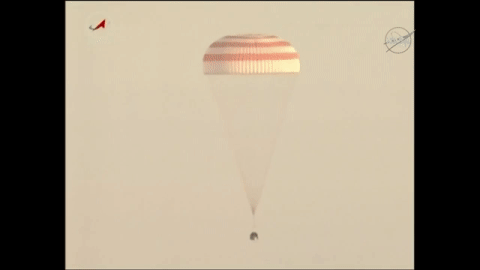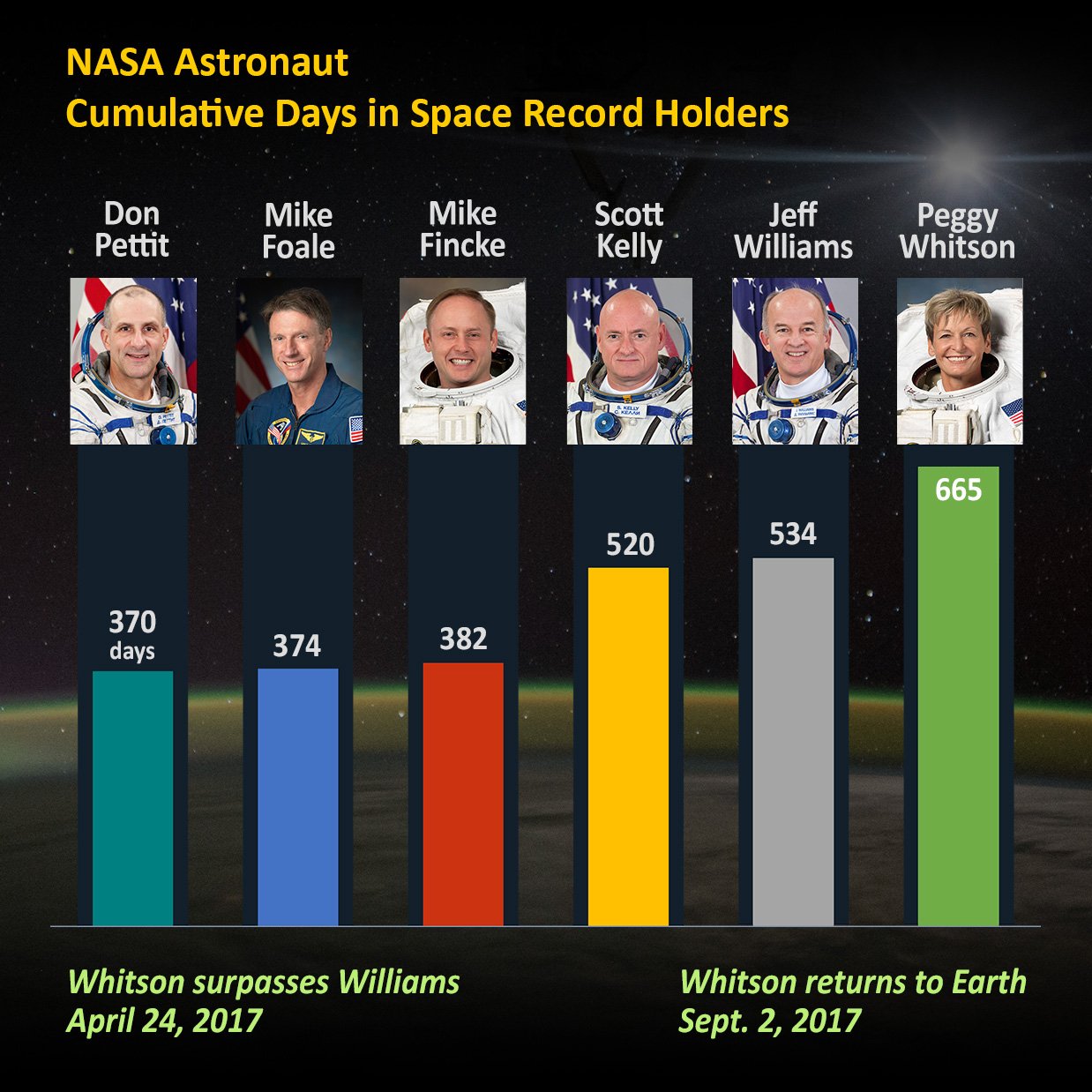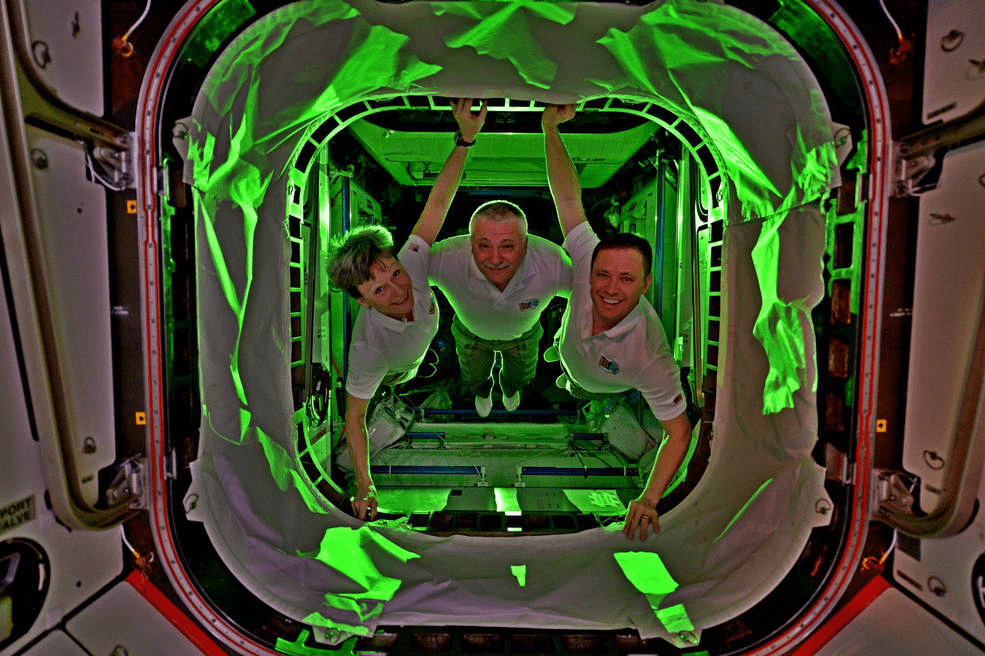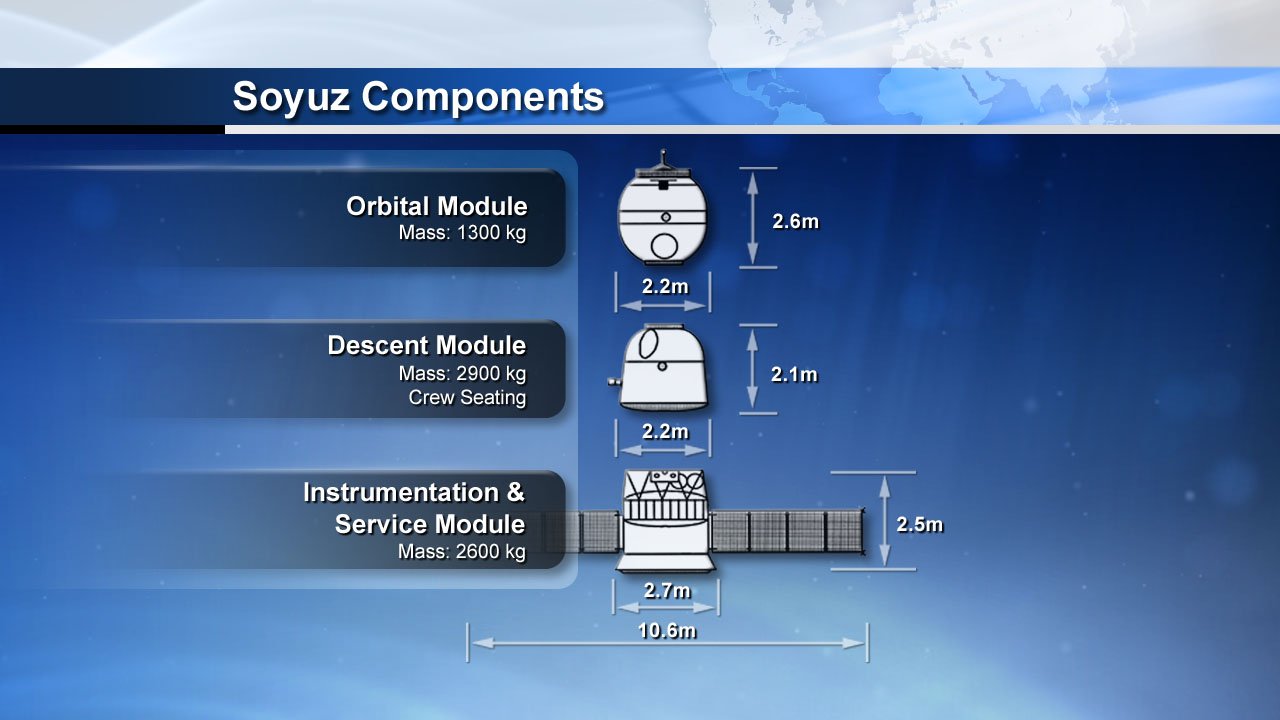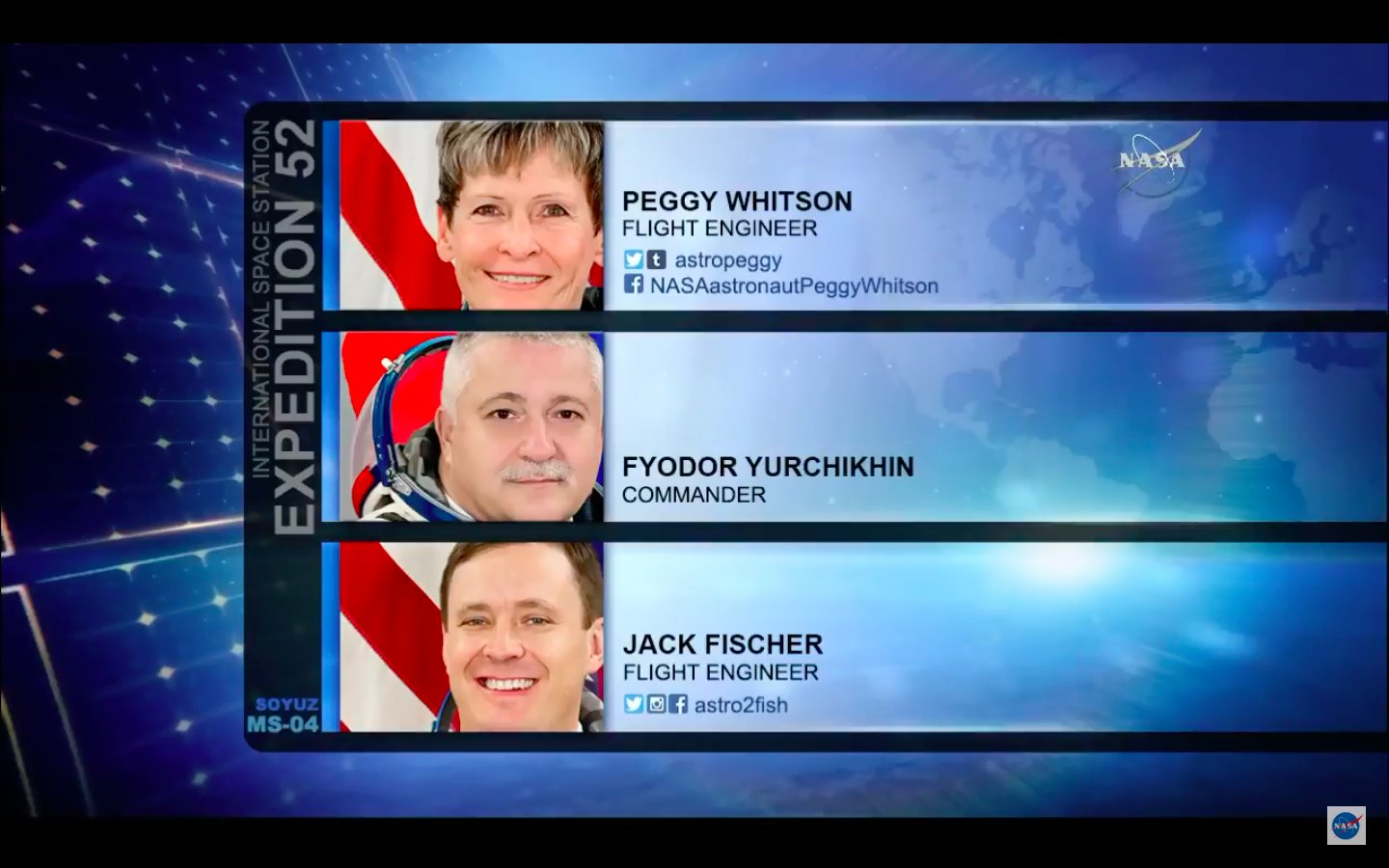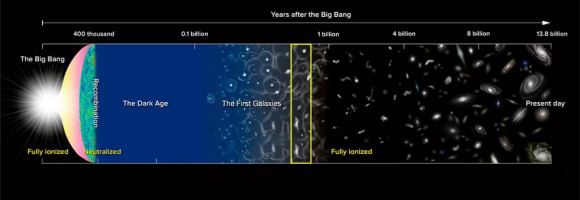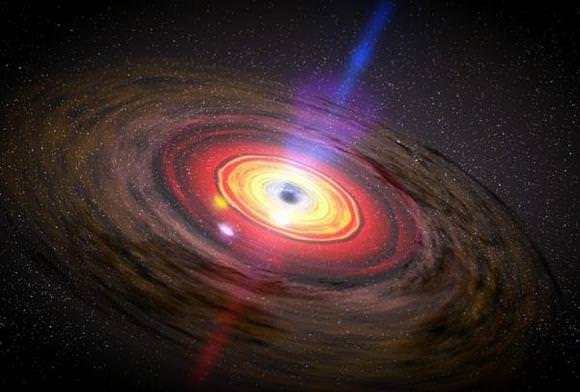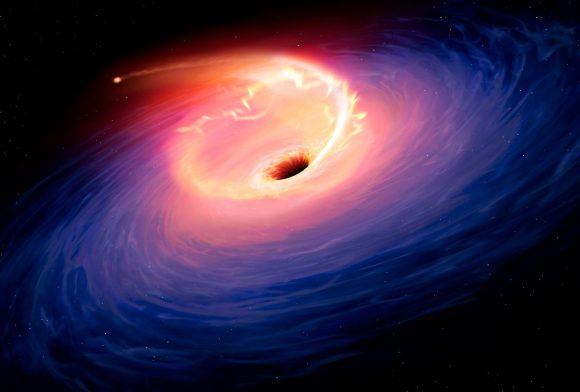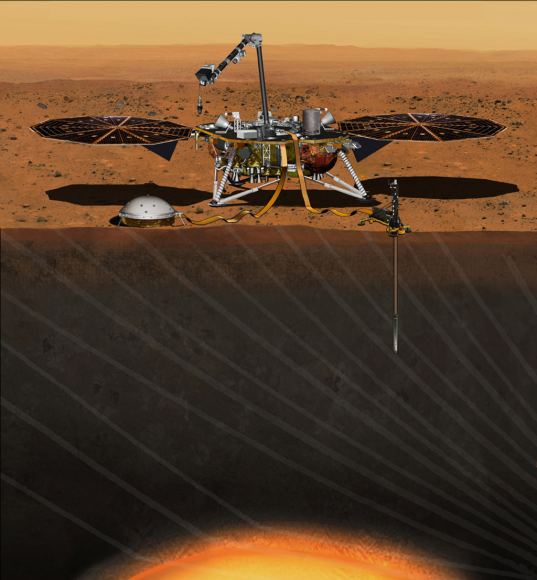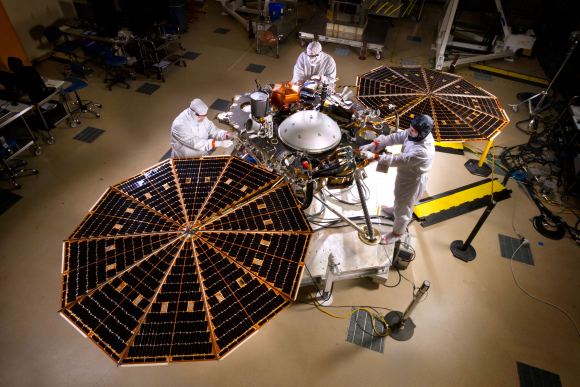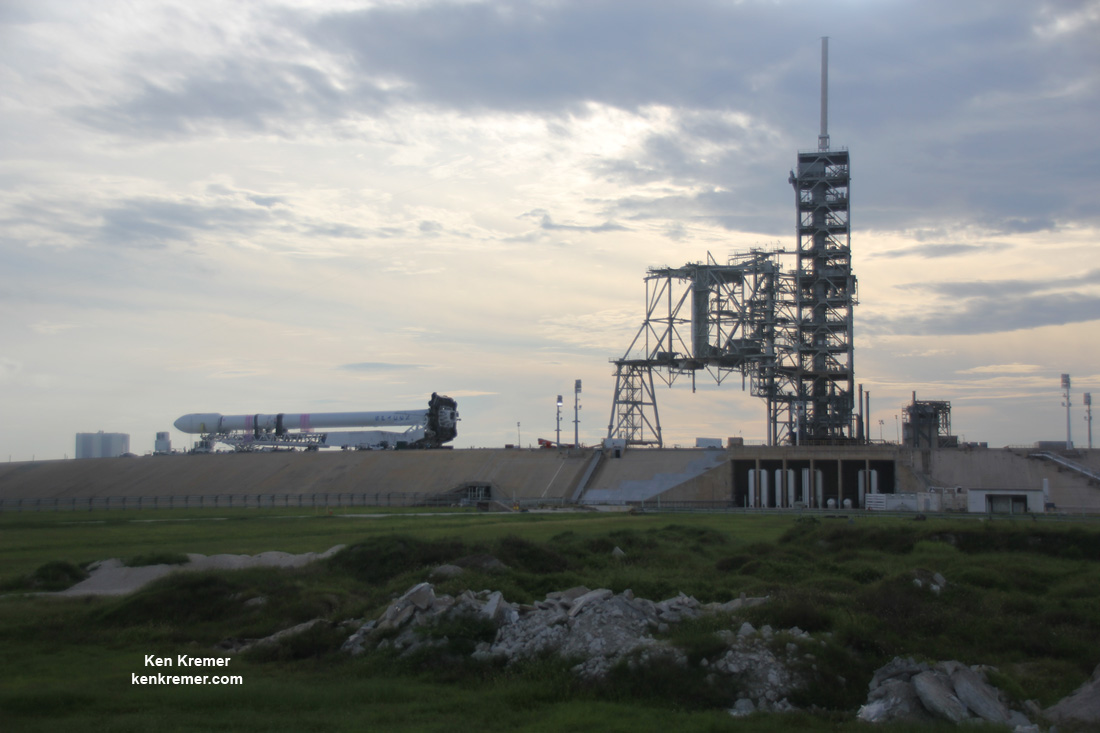
KENNEDY SPACE CENTER, FL – Although its far from sunny in the so called ‘Sunshine State’ the secret X-37B military mini-shuttle is set for a SpaceX blastoff and booster landing combo Thursday, Sept. 7 – even as the looming threat from Cat 5 Hurricane Irma forced Florida’s Governor to declare a statewide ‘State of Emergency.’
Launch preparations were in full swing today on Florida’s Space Coast for liftoff of the hi tech USAF X-37B reusable spaceplane- hoping to escape to orbit for the first time atop a SpaceX Falcon 9 rocket and just in the nick of time tomorrow, before the impending threat of monster storm Irma potentially lashes the launch pad at NASA’s Kennedy Space Center in the center of the states long peninsula.
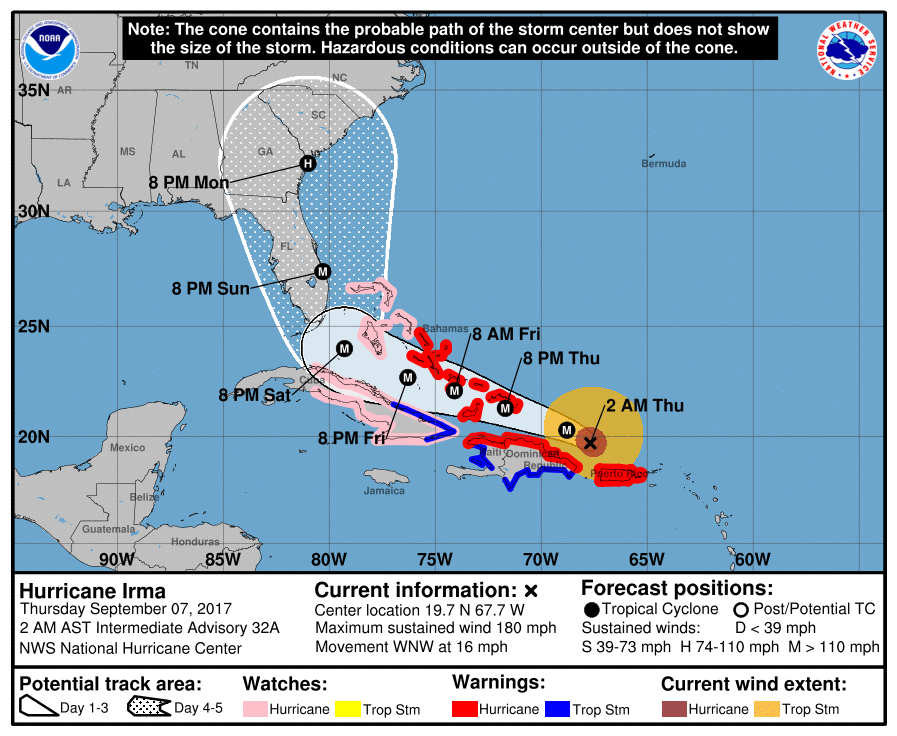
Irma is packing winds of 185 mph and one of the strongest Atlantic storms ever. It is being closely tracked in incredibly high resolution by the new NASA/NOAA GOES-16 (GOES-R) satellite launched late last year on a ULA Atlas V in Nov 2016.
I witnessed the entire SpaceX Falcon 9 rocket and payload stack being rolled horizontally up the incline to the top of Launch Complex 39A late this afternoon, Sept. 6, during our media visit for up-close camera setup.
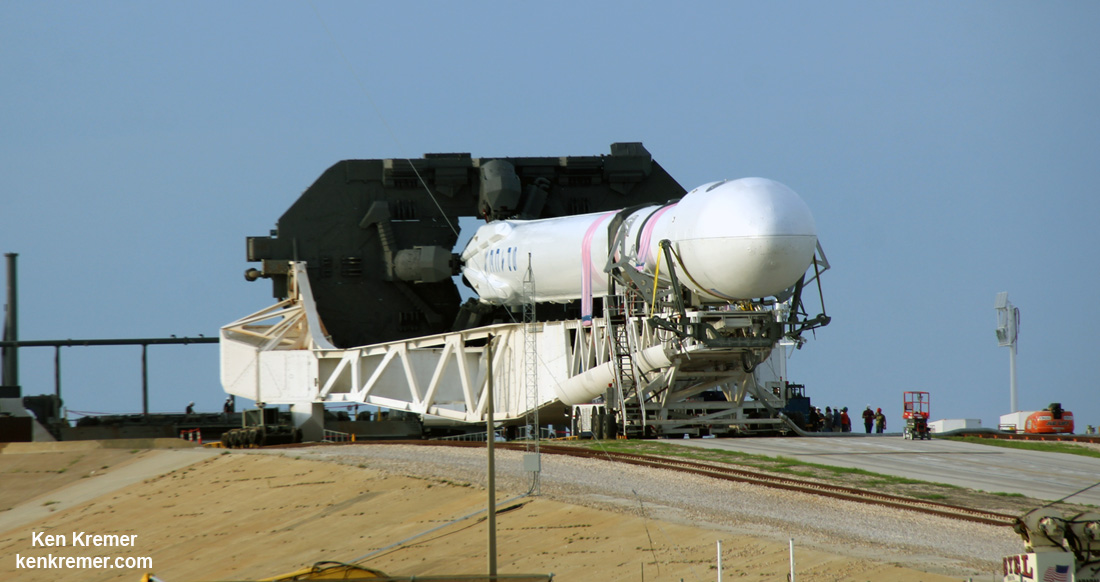
Rather remarkably the relatively dismal weather forecast has brightened considerably in the final hours leading to Thursday’s scheduled launch and the forecast heavy rain showers and thunder have dissipated in the time remaining between now and liftoff.
The X-37B reusable mini-shuttle is a secretive technology testing spaceplane flying on its fifth mission overall.
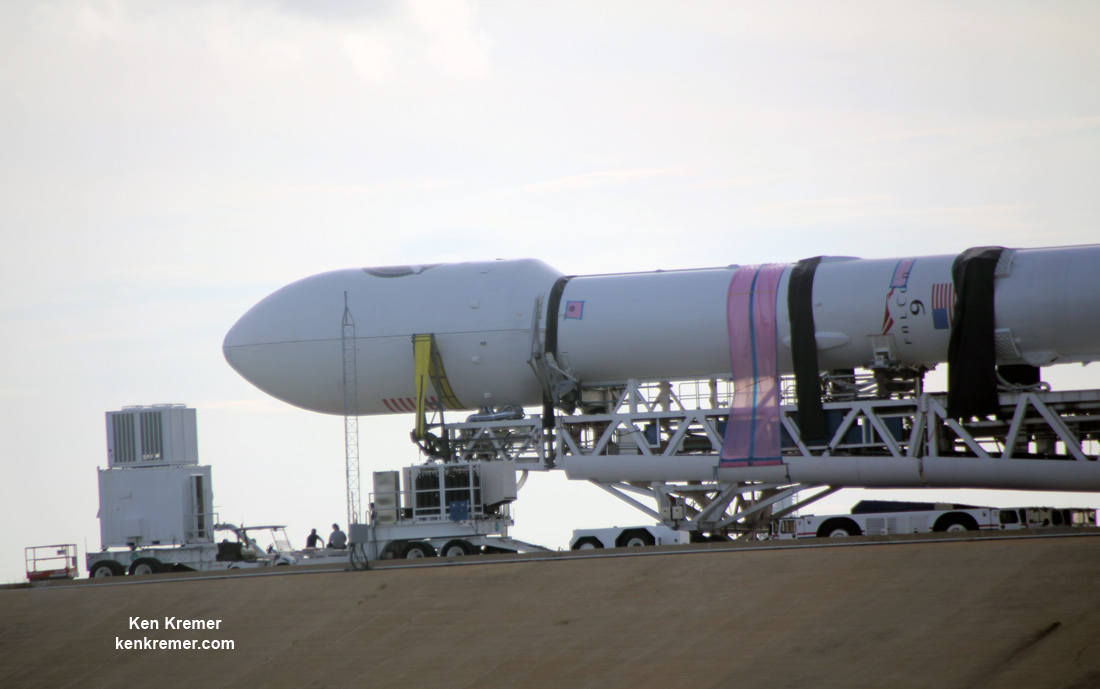
The path to launch was cleared following the successful engine test firing of the Falcon 9 first stage I witnessed late last week, Thursday afternoon, Aug. 30.
During the hold down static fire test all nine Merlin 9 stage engine were ignited and fired up to full throttle for several seconds. See my static fire story here.

Although the exact launch time remains a closely guarded U.S. Air Force secret, liftoff of the X-37B is slated to occur sometime during a 5 hour long window.
The launch window for the X-37B on the OTV-5 mission opens at 9:50 a.m. EDT (13:50 UTC) and spans until 2:55 p.m. EDT (18:55 UTC) Sept. 7 from seaside Launch Complex 39A on NASA’s Kennedy Space Center.
SpaceX will offer their own live webcast beginning approximately 15 minutes before launch starting at about 9:35 a.m. EDT.
You can watch the launch live at NASA TV at the SpaceX hosted Webcast at – spacex.com/webcast
In the event of delay for any reason, the next launch opportunity is Friday, Sept 8 at approximately the same time and window.
However amidst the heavy duty Hurricane Irma preparations all around, nothing is certain. Local area schools in Brevard County have closed and local residents are preparing their homes and apartments to hunker down, buying food and essentials putting up storm shutters, topping off gas and energy supplies and more.
“If for any reason we cannot launch tomorrow we will reevaluate whether or not we can still support another attempt on Friday, said Wayne R. Monteith, Brig Gen, USAF, Commander, 45th Space Wing.
The weather forecast overall is about 50% chance of favorable conditions at launch time according to U.S. Air Force meteorologists with the 45th Space Wing Weather Squadron at Patrick Air Force Base. But the opportunity varies within the long window and the exact launch time is currently classified.
“Hurricane Irma is forecast to be approximately 900 miles southeast of the Spaceport during Thursday’s launch attempt, so while Irma certainly bears watching, the stalled boundary will be the main factor in Thursday’s weather,” noted the 45th Space Wing Weather Squadron.
The primary concerns on Sept. 7 are for cumulus clouds and for thick clouds in the flight path.
The odds drop to 40% favorable for the 24 hour scrub turnaround day on Friday, Sept 8

Everything is currently on track for Thursday’s launch of the 230 foot tall SpaceX Falcon 9 on the X-37B OTV-5 mission.
“The Air Force Rapid Capabilities Office is undergoing final launch preparations for the fifth mission of the X-37B Orbital Test Vehicle [OTV],” the Secretary of the Air Force Public Affairs announced. “The OTV is scheduled to launch on Sept. 7, 2017, onboard a SpaceX Falcon 9 launch vehicle.

The X-37B will be launched for the fifth time on the OTV-5 mission atop a SpaceX Falcon 9 on Sept. 7 from Launch Complex 39A on the Kennedy Space Center Florida into low Earth orbit.
The Boeing-built X-37B is processed for flight at KSC using refurbished NASA space shuttle processing facilities now dedicated to the reusable mini-shuttle, also known as the Orbital Test Vehicle (OTV). It launches vertically like a satellite but lands horizontally like an airplane and functions as a reliable and reusable space test platform for the U.S. Air Force.
The OTV-5 mission marks the first launch of an X-37B spaceplane by SpaceX.
All four prior OTV missions launched on the United Launch Alliance Atlas V and ended with runway landings in either California or Florida.
“The many firsts on this mission make the upcoming OTV launch a milestone for the program,” said Randy Walden, the director of the Air Force Rapid Capabilities Office.
“It is our goal to continue advancing the X-37B OTV so it can more fully support the growing space community.”
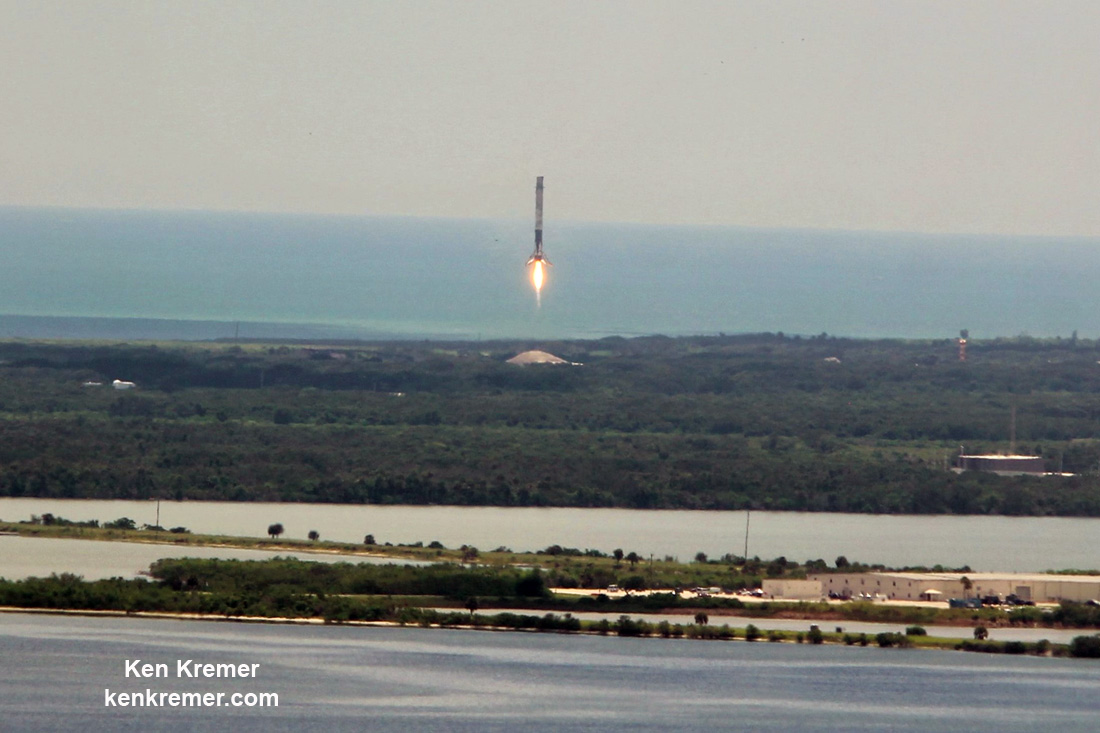
SpaceX will also attempt another land landing of the 156-foot-tall Falcon 9 first stage back at Landing Zone-1 (LZ-1) at the Cape.
The Falcon 9 first stage is equipped with a quartet of landing legs and grid fins to enable the rocket recycling plan.

This marks the 7th time SpaceX attempts a ground landing at the Cape.
The booster will touch down about 8 minutes after launch and generate multiple sonic booms screaming loudly across the surrounding region and beyond.
“The fifth OTV mission will also be launched into, and landed from, a higher inclination orbit than prior missions to further expand the X-37B’s orbital envelope.”
The daylight first stage precision guided landing should offer spectators a thrilling up close view of the rocket reusability technology envisioned by SpaceX’s billionaire CEO Elon Musk to drastically slash the high costs of launching to space.

The 11,000 pound (4990 kg) state-of -the art reusable OTV space plane is about a quarter the size of a NASA space shuttle. The vehicle measures 29 ft 3 in (8.9 m) in length with a wingspan of 14 ft 11 in (4.5 m).
The X-37B was originally developed by NASA but was transferred to the Defense Advanced Research Projects Agency (DARPA) in 2004.
Since then most but not all of the spaceplane’s goals have been shrouded in secrecy.
Watch for Ken’s continuing onsite X-37B OTV-5 and NASA mission reports direct from the Kennedy Space Center and Cape Canaveral Air Force Station, Florida.
Stay tuned here for Ken’s continuing Earth and Planetary science and human spaceflight news.

